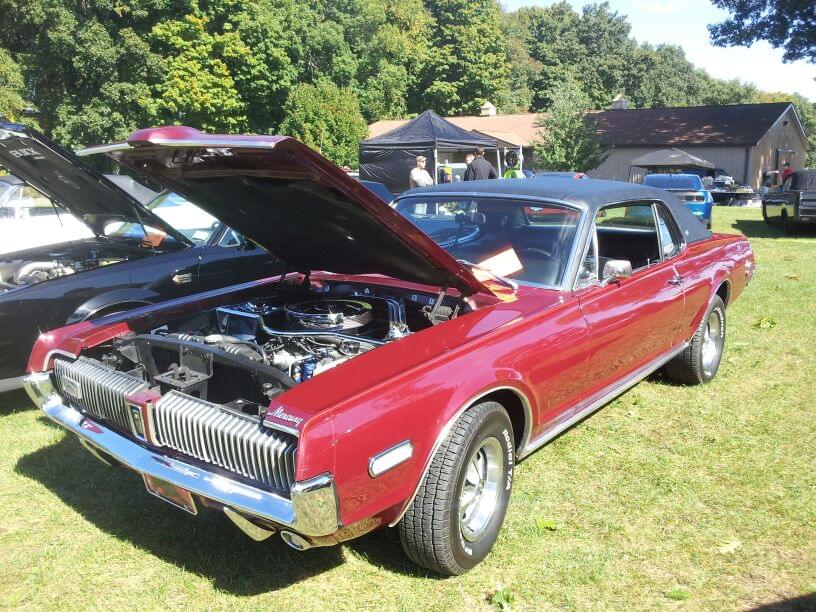6:00. Toll updates!
6:13. Chaz and AJ Sports Buzzer Powered by Road Ready Used Cars.
6:20 – 6:50. Farmer cuts his own leg off to save his life!! Call us with your bad ass moment to win David Crosby tickets! 877-764-2535
7:00. Helicopter goes down in the Hudson. What happened?
7:13. Chaz and AJ Sports Buzzer Powered by Road Ready Used Cars.
7:30 – 7:50. Dr. Goudarz Molaei phones in to tell us how to protect your kids and your pets against ticks this season.
8:00. Peter, the General Manager of the Cadillac Ranch has some awesome details on the customer who was calling 9-1-1 from the back of a police car.
8:13. Chaz and AJ Sports Buzzer Powered by Road Ready Used Cars.
8:20. Jimmy Koplik: Xfinity theater celebrates 25 years in a big way.
8:30 – 8:50. Roger Daltry and other on stage hissy fits. Call with your experiences! 877-764-2535
9:00. Rebecca Kowalski is on the phone to tell us about the Crazy 8 Ride4Chase to honor the lives lost in the Sandy Hook tragedy.
9:13. Chaz and AJ Sports Buzzer Powered by Road Ready Used Cars.
9:20 – 9:30. A man tries to escape a music store with a guitar down his pants!
9:40. Does anyone remember pole-sitting?!










